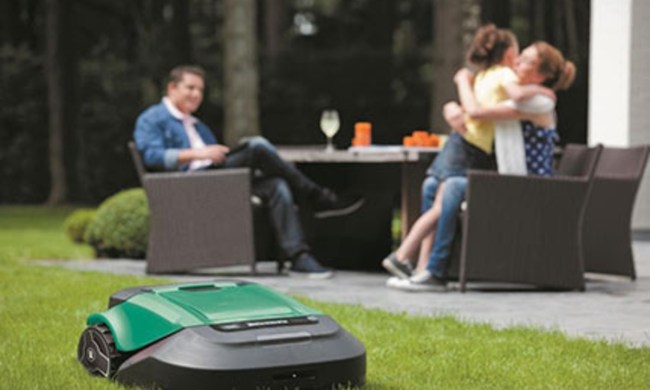So let’s start with some specifications. The 9.7-pound Leafboard is only 25 inches long, including the kick tail. For easier riding, it’s 9.5 inches wide (the same as most longboards). The board, which is made from Canadian maple, fiber glass, and carbon fiber, has 6-inch trucks and 72mm equally wheels.
An onboard 5,000mAh Lithium-polymer battery that can be charged more than 1,000 ties) powers an 1800 watt external electric motor. According to the Leafboard’s makers, they chose an external motor because the tech is more mature and durable than the in-wheel motors used with some other e-boards. It’s also more powerful than a single in-wheel motor. The deck and motor are treated to be water resistant, so rain and splashing through puddles should be OK, but underwater travel probably not OK.
An included 3A quick-charger can fully charge the Leafboard in 70 minutes. Speaking of charging, there’s a USB port on the board so you can charge your phone. In the company’s testing, fully charging an iPhone 6 Plus only reduced the Leafboard’s range by a mile and a half. There’s also an LED taillight.
So the board’s range is 11.5 miles, for many that more than covers the daily commute to work or school. You can blast along quickly, with the Leafboard’s 19 mph top end — measured with a 160-pound test rider. You can even head up hill. The Leafboard is rated to carry a rider up a 28-degree grade.
Braking, speed, driving mode, and the tail light are all controlled with a remote you can put in your pocket or clip to your belt. The remote connects to the board via Bluetooth and displays both the board’s and the remote’s own battery level on an OLED screen. The three driving modes are Eco (slow acceleration and 6.25 mph max speed), for beginners; Sport for all features; and Pro, the fastest.
The Leafboard is scheduled to ship in December. It comes with a six-month warranty. The team is still awaiting FCC/CE certifications, which the company says is the only anticipated delay, so it thinks it’s all set on that score.


